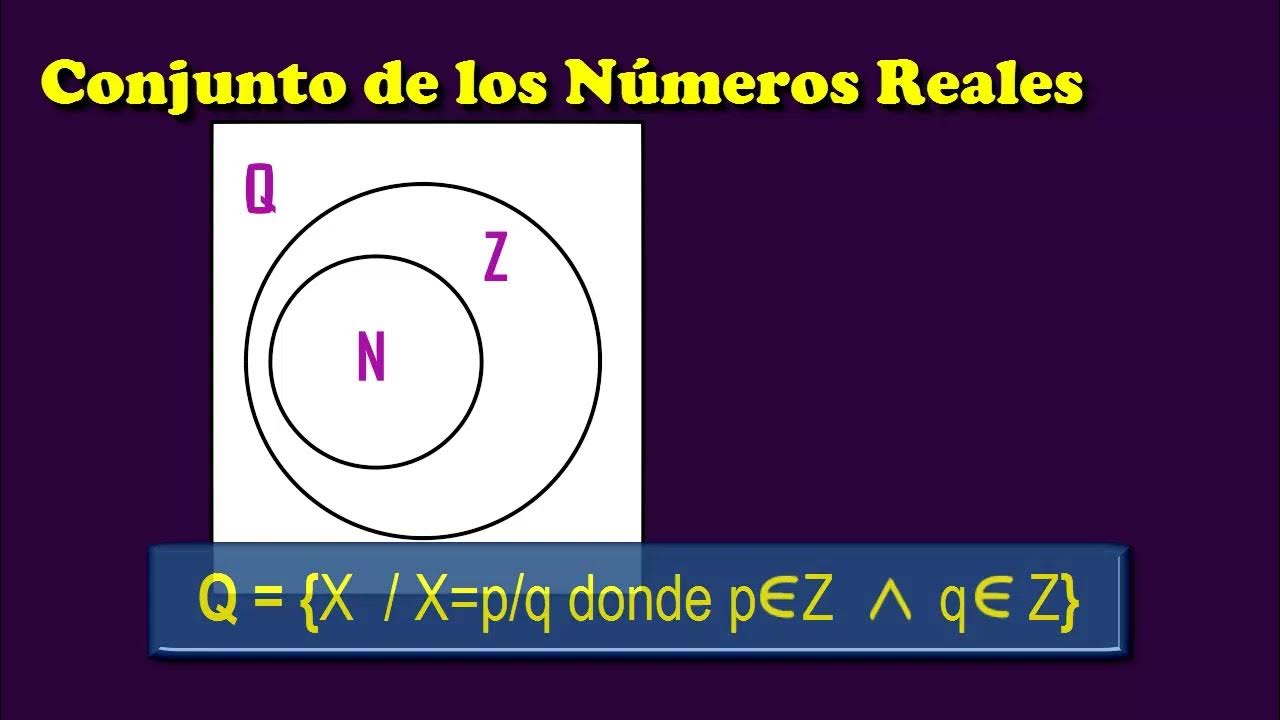02 01 01 BIS
Summary
TLDRThis lesson delves into Scala's predefined numeric types, distinguishing between natural whole numbers (integers) and real numbers. It highlights the approximations in computer representations due to precision limitations, especially with real numbers. Scala offers four integer types: Byte (8 bits), Short (16 bits), Int (32 bits), and Long (64 bits), each with a specific memory allocation and value range. The video explains binary encoding, emphasizing the first bit's role as a sign indicator and the remaining bits for numeric value. It also covers memory optimization through type selection and the default Int type, with the option to use Long by appending 'l' to a number. The lesson underscores the importance of understanding these types for accurate computation and memory efficiency.
Takeaways
- 📚 Predefined numeric types in programming are categorized into integers and real numbers.
- 🔢 Integer types include Byte, Short, Int, and Long, each with increasing memory allocation and value ranges.
- 💾 Memory usage impacts the range of values storable, with Byte (8 bits) having the smallest range and Long (64 bits) the largest.
- 🚩 The encoding of integers in computer language is different from their mathematical representation due to precision limitations.
- ⚖️ Precision issues arise with real numbers, especially concerning the number of digits after the decimal point.
- 🔄 Approximations in real number computations can lead to rounding errors in a series of calculations.
- 🔑 Each integer type in Scala is a keyword (Byte, Short, Int, Long) and has a specific memory encoding.
- 🔄 The interval of integers that can be represented increases with the memory allocated to each type.
- 💡 The purpose of having different integer types is to optimize memory usage by selecting a type that matches the value it stores.
- 📝 In Scala, integers are represented in the same way as natural numbers, with a default type of Int.
- 🆚 The compatibility between integer types is limited by their value intervals; values outside an interval cannot be assigned to a type.
Q & A
What are the two categories of predefined numeric types discussed in the script?
-The two categories of predefined numeric types discussed are natural whole numbers (integers) and real numbers.
Why are the representations of numbers in programming languages considered approximations?
-The representations are approximations because programming languages define a subset of all integers and real numbers and have limited precision, especially with regards to the number of digits after the decimal point.
What are the four types used with integers in Scala?
-The four types used with integers in Scala are Byte, Short, Int, and Long.
How does the memory usage impact the interval of values that can be assigned to each integer type?
-The larger the memory space used to store the values, the broader the interval of usable values that can be represented by each integer type.
What is the significance of capitalizing the 'B' in Byte, the 'S' in Short, the 'I' in Int, and the 'L' in Long?
-In Scala, the capitalization signifies that these are keywords representing predefined integer types.
How many bits are used to encode the Byte type and what is the range of integer values it can represent?
-Byte is encoded on 8 bits and can represent integer values ranging from -128 to +127.
Why does the Byte type have 128 integer values instead of 127?
-The Byte type has 128 integer values because the interval includes 0, which belongs to the set of positive integers.
What is the purpose of having four different integer types in Scala?
-The purpose is to optimize memory usage by selecting a variable type that is commensurate with the value it is meant to store.
How is an integer value represented in Scala by default?
-By default, an integer value is represented as an Int type in Scala.
How can you specify that an integer value should be represented as a Long type in Scala?
-To specify that an integer value should be represented as a Long type, you add the letter 'l' immediately after the numeric value.
What is the compatibility between the four integer types in Scala?
-The four integer types are mutually compatible, but only as far as their respective intervals of values allow.
Outlines

Этот раздел доступен только подписчикам платных тарифов. Пожалуйста, перейдите на платный тариф для доступа.
Перейти на платный тарифMindmap

Этот раздел доступен только подписчикам платных тарифов. Пожалуйста, перейдите на платный тариф для доступа.
Перейти на платный тарифKeywords

Этот раздел доступен только подписчикам платных тарифов. Пожалуйста, перейдите на платный тариф для доступа.
Перейти на платный тарифHighlights

Этот раздел доступен только подписчикам платных тарифов. Пожалуйста, перейдите на платный тариф для доступа.
Перейти на платный тарифTranscripts

Этот раздел доступен только подписчикам платных тарифов. Пожалуйста, перейдите на платный тариф для доступа.
Перейти на платный тарифПосмотреть больше похожих видео
5.0 / 5 (0 votes)






